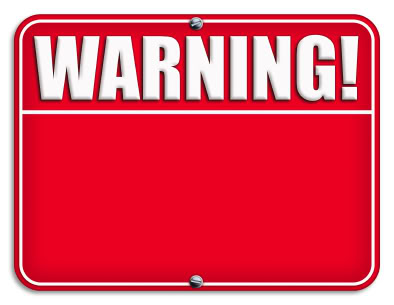New U.S. EPA Administration Reconsidering NSR Rules
On April 24, 2009, U.S. EPA sent out three separate letters in response to requests it had received to consider various apsects of the New Source Review (NSR) air permit rules that had been promulgated during the latter stages of the Bush Administration. Letters were sent to the following:
- Natural Resources Defense Council with regard to the December 2008 final rule about the inclusion of fugitive emissions in the NSR permitting process.
- State of New Jersey with regard to the December 2007 “reasonable possibility” rule that specified conditions for recordkeeping associated with major NSR applicability determinations.
- Earthjustice with regard to the May 2008 NSR PM2.5 rules.
In each instance, U.S. EPA agreed to reconsider the previous rulemaking and to reopen the rule for public comment. In addition, with respect to the fugitive emissions rule, U.S. EPA indicated that the December 2008 fugitive emission rule has been stayed pending reconsideration. The December 2008 rule had limited the requirement to include fugitive emissions to only the listed sources when determining rule applicability for major modifications. With the stay, the 2008 rule is no longer in effect and all major sources will need to consider fugitive emissions in applicability determinations. Similarly, U.S. EPA also stayed the grandfathering provision in the new PM2.5 rule that allowed sources that submitted complete applications prior to the July 15, 2008 effective date of the rule to 
Copies of the U.S. EPA reconsideration letters and a fact sheet summarizing the details can be found here. These actions leave the future status of the rules uncertain and once again add confusion to the regulated community’s efforts to comply with what are already some of the most complicated environmental rules on the books.
Greenhouse Gases: Chapter 2, Endangerment
By making a determination that greenhouse gases (GHGs) represent a threat to public health and welfare, U.S. EPA Administrator Lisa Jackson has opened the door to the regulation of GHGs under the Clean Air Act. The determination is the conclusion to the second chapter in the GHG story. The first chapter involved the Supreme Court ruling in which the Court determined that U.S. EPA was required to make a determination concerning the potential endangerment to the public health caused by GHGs emitted from motor vehicles. U.S. EPA undertook a review of existing GHG and climate change studies and prepared a report for the Administrator to review. The Administrator conducted her review and decided that there is sufficient evidence to support the finding that GHG emissions from motor vehicles do represent a threat to the public welfare. The threats that could occur over the next 100 years include:
- Rising sea levels.
- Higher temperatures in various locations throughout the U.S. and the world.
- More intense storms and greater intensity of precipitation events.
- Migration of drought patterns.
- Harm to sensitive ecosystems and animals.
U.S. EPA will be soliciting comments on the finding during two 
U.S. EPA Declines Extension of Comment Period for Proposed Mandatory Reporting of Greenhouse Gas Rule
Although over 20 trade associations submitted requests for extensions of the comment period for the Proposed Mandatory Reporting of Greenhouse Gas Rule, U.S. EPA posted a letter to the American Petroleum Institute (API) stating that the formal comment period will NOT be extended past June 9, 2009. In the posted letter, U.S. EPA states that the decline for the extension is “due to the time sensitive nature of this rulemaking and the urgent need to finalize it to allow for 2010 data collection….”
U.S. EPA Compliance Warning: Risk Management Plan Updates
On April 27, 2007, U.S. EPA issued a press release compliance warning to facilities subject to Risk Management Program requirements: update and resubmit your plans as required by law or face penalties. The Risk Management Program is authorized under Section 112(r) of the Clean Air Act and is implemented through regulations in 40 CFR Part 68. The law and regulations require facilities that use certain specified flammable and toxic substances to prepare and implement a Risk Management Plan (RMP); the RMP must include a hazard assessment, accidental release prevention program, and emergency response program for the specified substances.
Although the compliance warning was issued by U.S. 
U.S. EPA released a new RMP submittal tool called RMP*eSubmit in March 2009. Although not required, U.S. EPA encourages facilities to submit their plan updates using this tool. Information about RMP*eSubmit can be found on U.S. EPA’s website at:
http://www.epa.gov/emergencies/content/rmp/rmp_esubmit.htm.

